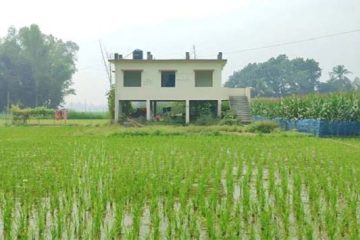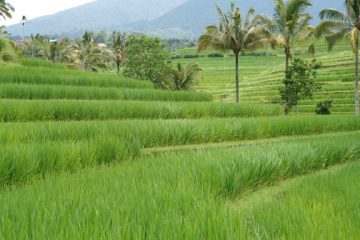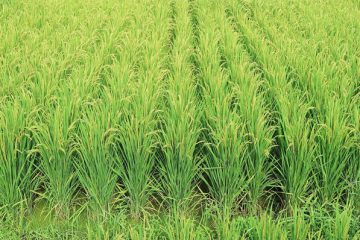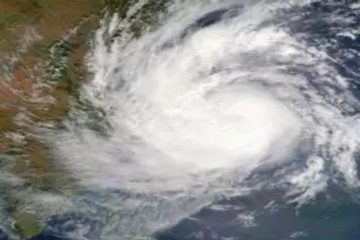 Sand and stone from an unprecedented landslide created a natural dam on the Shankha river at Bandarban, completely obstructing its flow for over 60 hours since early hours Wednesday.
Sand and stone from an unprecedented landslide created a natural dam on the Shankha river at Bandarban, completely obstructing its flow for over 60 hours since early hours Wednesday.
Communication through the river has remained snapped because of the 20-foot long blockade across the 25-foot width of the river at Galenga in Ruma upazila of the district. This has affected the businesses in the area.
Yesterday afternoon water started flowing over the stone obstruction.
Kya Ching Karbari, chief of Bagan Para village adjacent to the spot of landslide, said this is the first time they have witnessed the unheard of incident that the flow of the Shankha has remained snapped for 60 hours.
Karbari said they noticed a huge crack long ago at a part of the hill named Walu Tang where the landslide occurred. He said he heard a huge sound at 2:00am Wednesday and then saw that stones have created a huge dam on the river.
Soon water started increasing on one side, causing fear among the locals of a sudden breaking of the dam. Indigenous people began praying to avoid the impending disaster likely to be caused by this.
However, none at the Water Development Board office in Bandarban was found for comments.
The livelihood in Bandarban flourished mainly centring the Shankha river. Originating from within the country, the Shankha and Matamuhuri are the lifeline of Bandarban. Flowing from a hill, the Shankha falls into the Bay of Bengal through the Karnaphuli.
“The Shankha and Matamuhuri were the only sources of livelihood for the people of this area three decades ago,” said Mong Ching Thwaing Marma.
Over the years earth from nearby hills has almost filled the riverbed of the Shankha, creating large chars. Due to lack of dredging and maintenance the river that flows over 170km of land has also narrowed down at several places.
The river is now less than 25-foot wide at the place where the landslide occurred.
Felling of trees on the hills on both sides of the river has caused drying up of several fountains, which used to feed the Shankha.
Environmentalists say if the situation continues, silt will increase on the riverbed, reducing the navigability of the rivers of the area and causing erosion of cultivable land.
Courtesy of The Daily Star
Photo Courtesy: Focus Bangla






